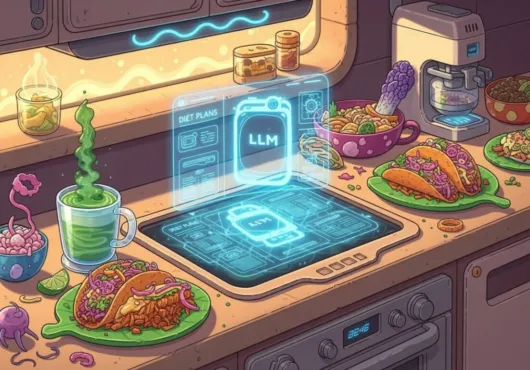You wanted more time. You’ve got more tasks.
Productivity, But at What Cost?
Welcome to the AI productivity trap—where every tool that promised to lighten your load quietly multiplies it. We were told AI would handle the grunt work: emails, schedules, and summarizing meetings. Instead, it streamlined the illusion of efficiency while feeding a system that expects you to be online, optimized, and always on.
This isn’t about hating tech. It’s about questioning the design. Because when your calendar auto-fills faster than you can breathe, maybe it’s not a feature—it’s a red flag.
⚙️ AI Tools That Seem Helpful (Until They Aren’t)
1. Notion AI / Google Duet / Microsoft Copilot
Pitch: Write faster, plan smarter, collaborate better.
Problem: When the tool makes it easier to create docs, decks, and to-do lists, guess what your boss (or brain) does? It makes more of them. These tools often serve management, not the people doing the work.
2. Email Summarizers and Drafting Bots (Superhuman, Gmail AI, Copy.ai)
Pitch: Spend less time writing. Get to inbox zero.
Problem: Inbox zero is a lie. Faster emails just mean faster replies, which leads to more email. Productivity becomes velocity minus the intention.
3. Calendar AIs (Reclaim.ai, Clockwise)
Pitch: Automatically protect your focus time.
Problem: These tools promise boundaries but often end up optimizing you into a tighter cage. Now you’re double-booked across two time zones with no one to blame but your “assistant.”
Why It Feels Like You’re Doing More But Finishing Less
AI tools reduce the friction of task creation—but not the weight of those tasks. They make starting easier, but rarely help you stop. And in a work culture obsessed with outputs, AI becomes a way to justify unrealistic workloads.
Add to that the psychological trick of fake accomplishment—checking boxes, filling boards, moving cards—and you’ve got the productivity equivalent of junk food: fast, addictive, and ultimately hollow.
Hidden Incentives of AI-Powered Workflows
- AI boosts KPIs. Not necessarily your wellbeing.
- Time saved ≠ time reclaimed. It’s usually reassigned.
- Automation scales expectations, not empathy.
- Creativity suffers. If AI drafts every email, plan, or memo, where’s your voice?
The real danger isn’t AI doing too much. It’s AI enabling a system that already demands too much, and then blaming you for not keeping up.
How to Use AI Without Burning Out
- Use AI for subtraction, not just acceleration. Don’t just do more—do less better.
- Set human limits. Block time that no app can override.
- Keep one tool sacred. Let your notes or ideas space be human-only.
- Question “productive.” Ask: Does this tool help me create, connect, or just cope?
You’re Not a Machine—Stop Letting AI Treat You Like One
AI tools were built to help humans. But if we’re not careful, they’ll just help systems use humans more efficiently. That’s not progress. That’s exploitation with a shinier interface.
You deserve tools that make space, not just speed. You deserve time that’s yours, not just optimized.
And most of all, you deserve rest that doesn’t need to be earned.


